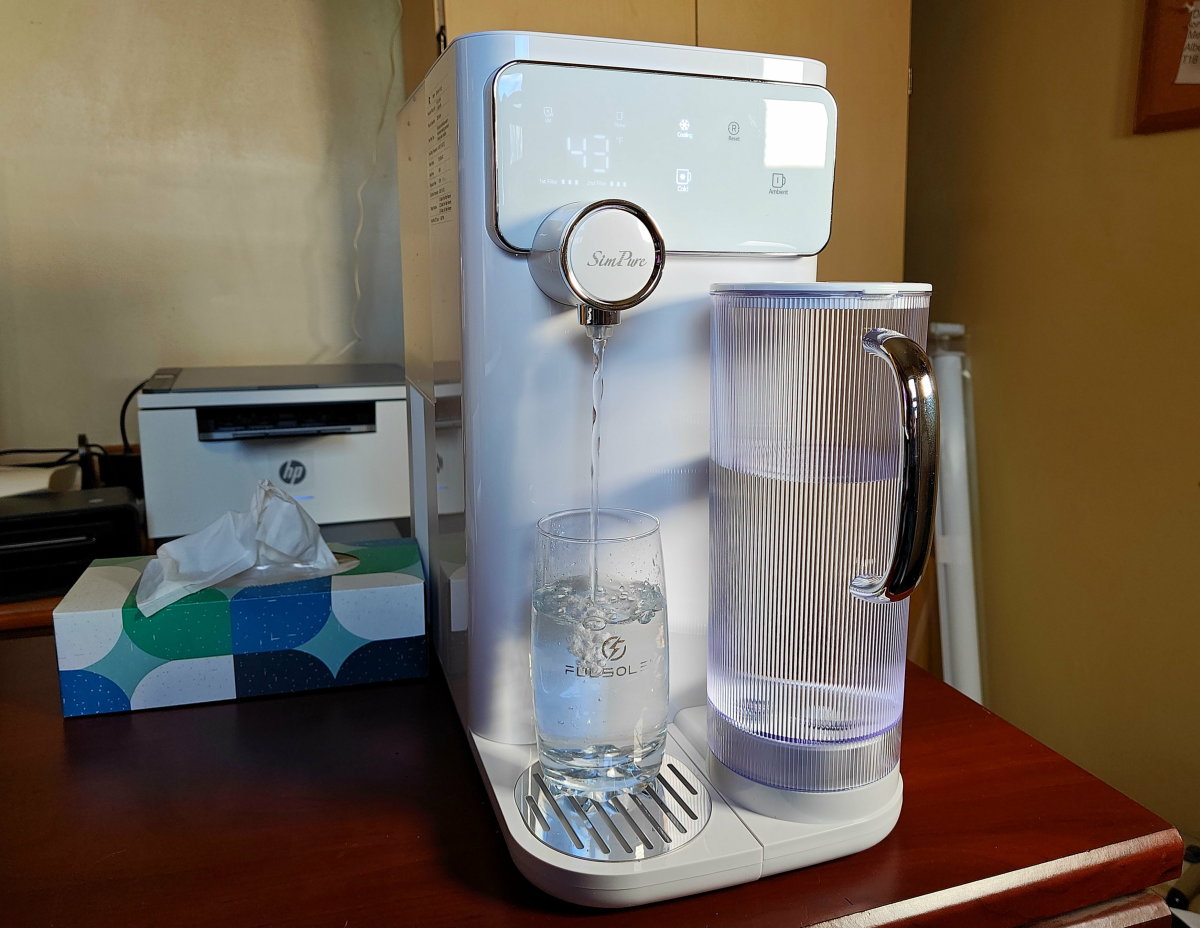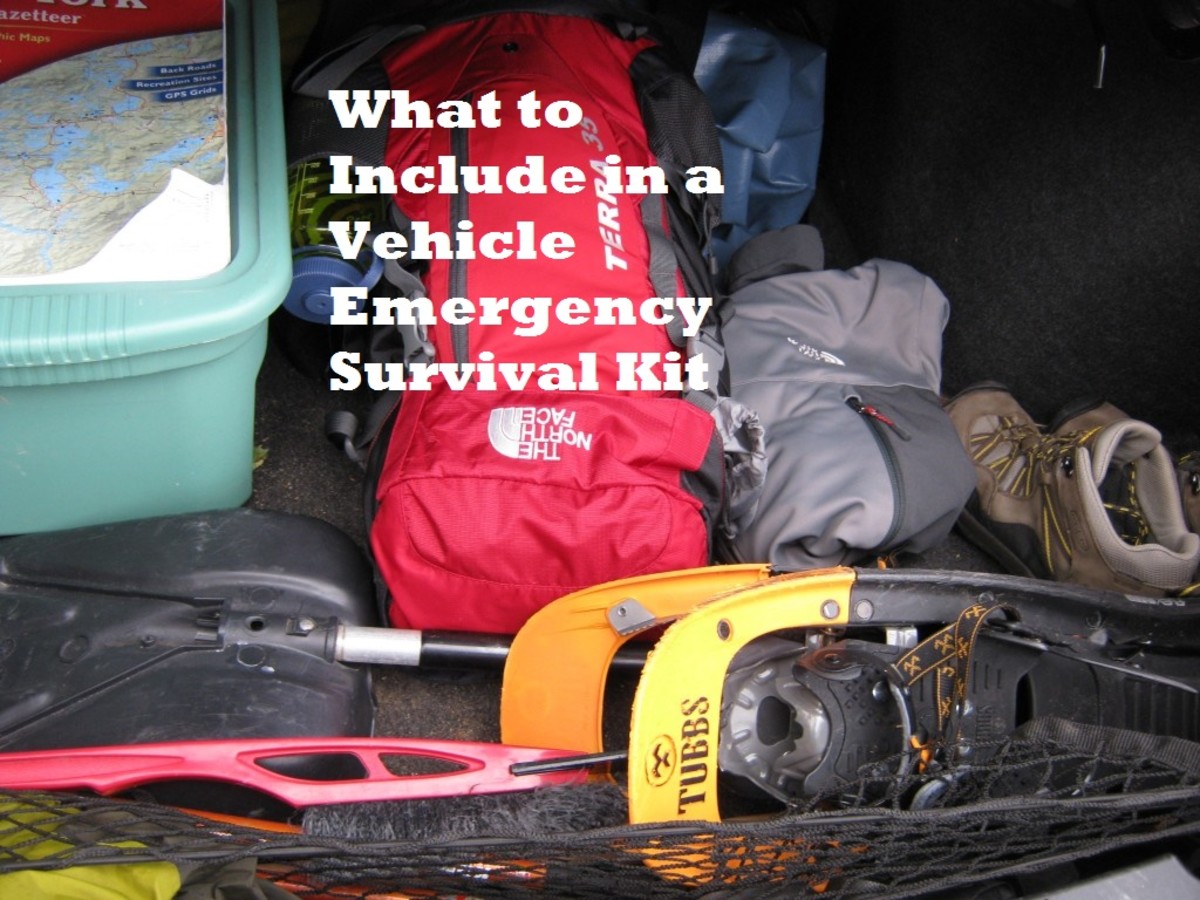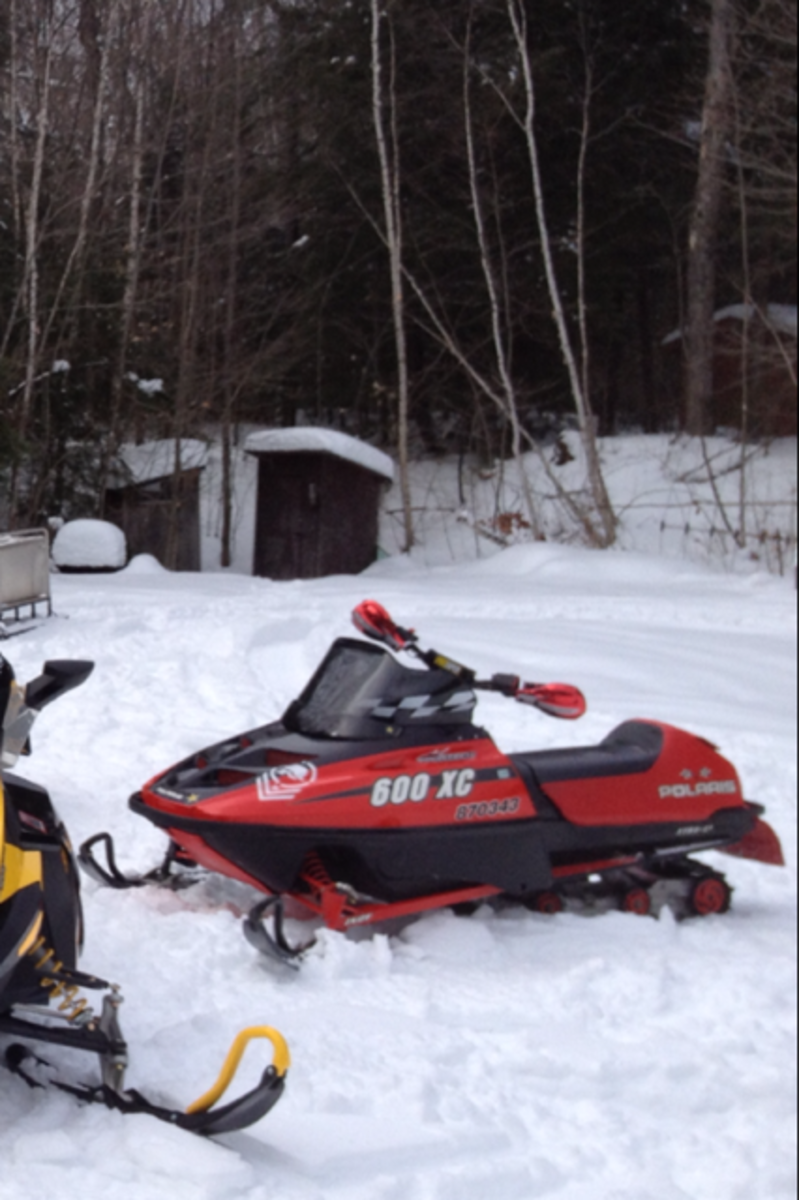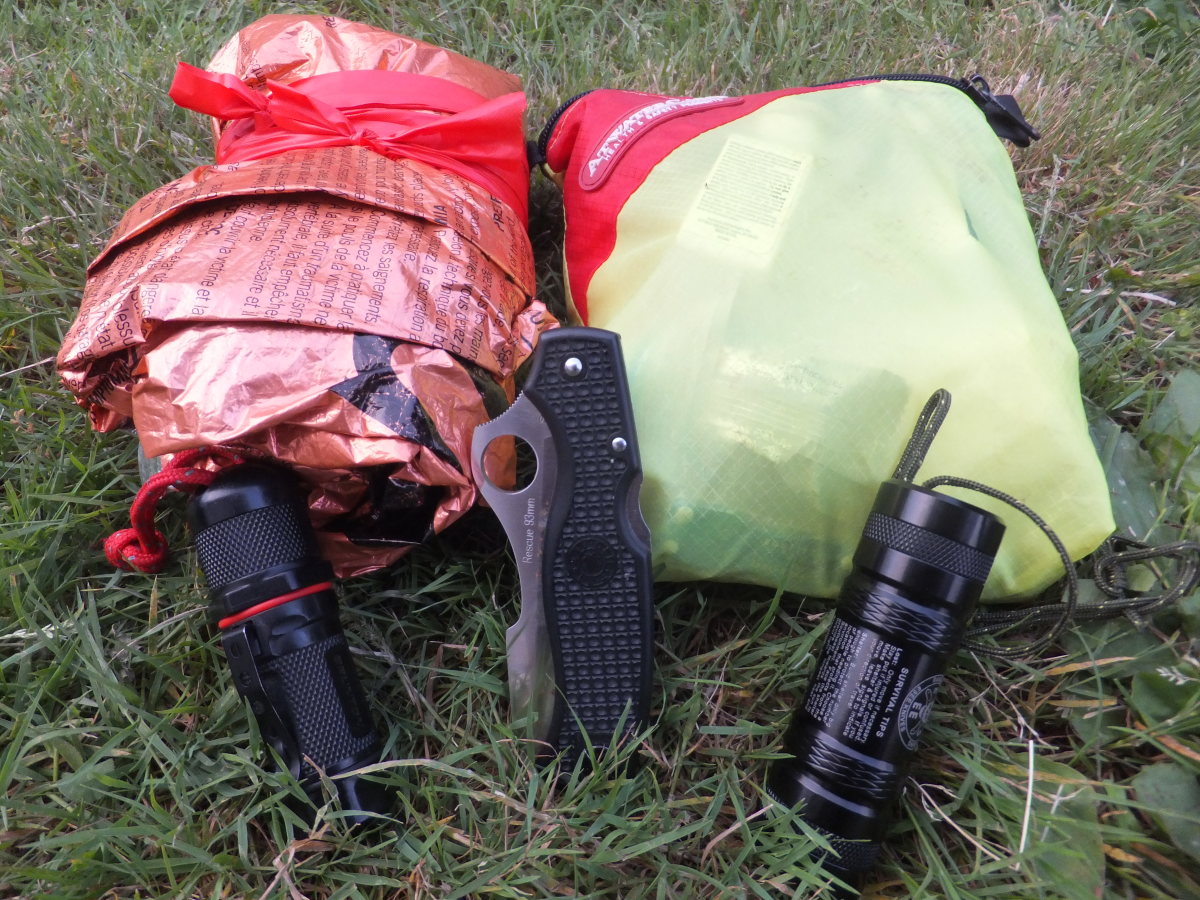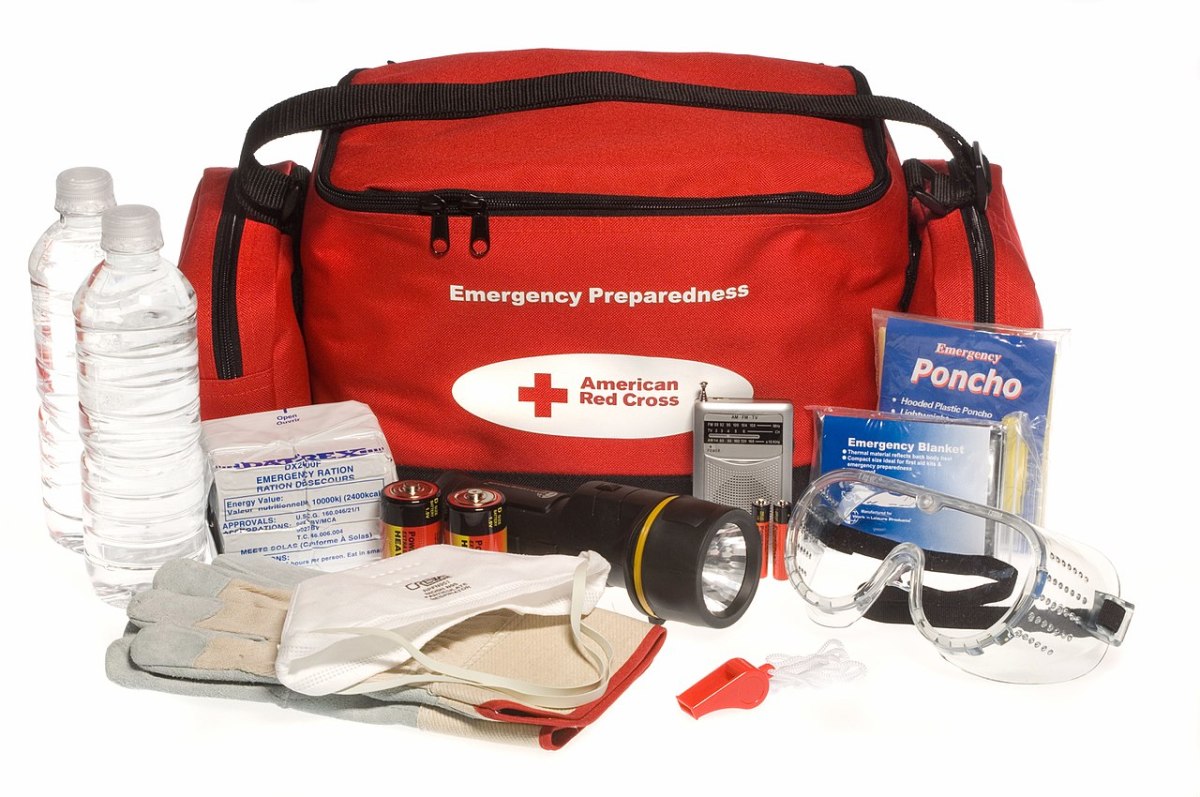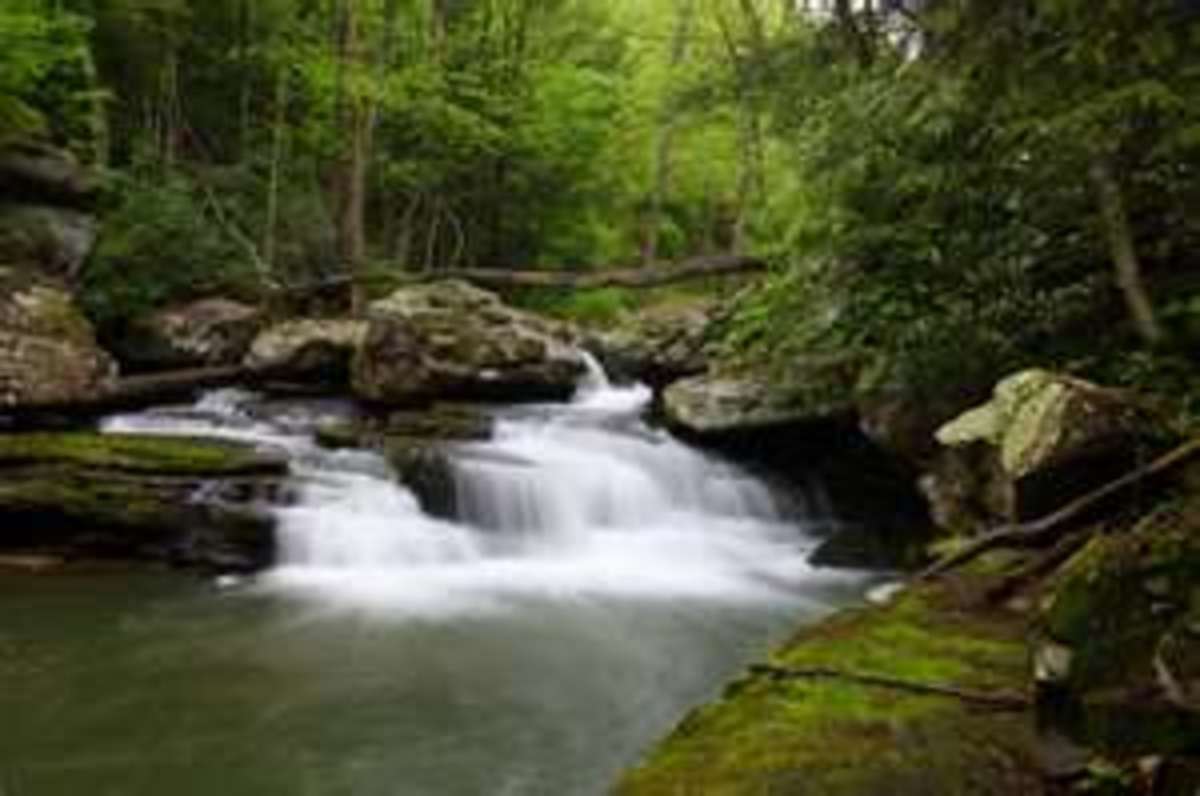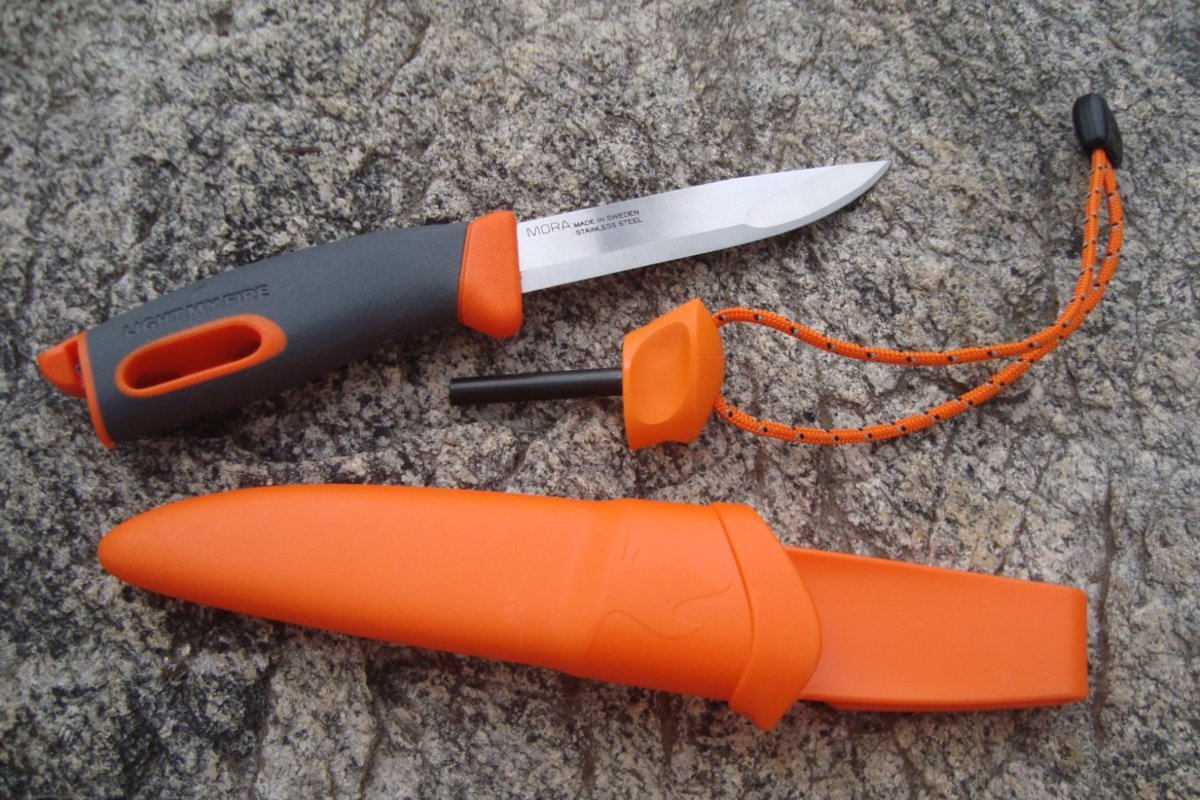Survival in cold water
Many people think that if you fall into the cold water at 4 Celsius degrees you will be dead after 4-6 minutes. Therefore, a lot of people die in the water simply because they do not fight for survival, not understanding that they are not lost yet. If you have the knowledge, that in the water at a temperature of 4-6 Celsius degrees one can successfully withstand 40-60 minutes, then you know you can and you should fight. In addition, the garment extends our chances of rescue - the time we can stay in water is prolonged by a factor of 1.5-2.5. Psychological factor is the key here. For example, if we fall into the cold water after boat overturns and there is no possibility of its reversal, we must choose the best solution: wait for help, or swim to the shore. If the water temperature is 9 Celsius degrees, and the shore is within 1 km, the best solution is to swim to the shore.
The average person in the clothing can withstand water temperatures of 7-8 degrees for about 3-4 hours, and water temperatures of 3-4 degrees - up to 1.5-2 hours, without a serious risk to his health and life. After some training this limit may be higher. The main thing is to believe that it is possible to survive. If you find yourself unexpectedly in the water, try to grab a foothold, part of the boat, ice, buoy, rock, bush, etc. and survive for the first six minutes of contact with cold water. Don't make sudden movements, try to stop the panic and stabilize breathing and after 30-40 seconds the unpleasant feeling will pass, you will no longer feel cold, you will even feel a certain comfort accompanied by the warmth inside. And only then you can make the decision what to do.
If you fall into the water being drunk, but the mind controls its behavior, do not forget: feeling cold may never occur. However, the margin of safety during your stay in cold water is greatly reduced (4-6 times) compared to someone in whose blood is no alcohol.
Only in case of your clothes hindering you and pulling you down, they can be removed. In any case you absolutely must leave your hat on (even if it is wet) - 40-60% of the heat escapes through the head. Hypothermia of limbs, even if we feel pain, is not so dangerous. Remember also that the cold weakens the body, the strength of arms and legs is reduced several times (3-5). So you better not even try serious physical effort, which would not be a problem under normal conditions (i.e. climbing into the boat, climbing at the steep bank or swimming against the current). Wearing the life jacket seriously increases your chance to survive.
If you are already in the water, you should start by assessing the situation: it will be easier to swim to shore or hold the boat (ice float) and wait for help? Consideration should be given swimming skills, resistance to hypothermia, the knowledge of a river or lake, where you are, the presence of strong currents, floe (eg with a thickness of 30-40 cm.) The experience has shown ,that under certain conditions, ice float can be a good aid in the evacuation and transport.
After a long stay in cold water do not try climb to the helicopter or on the deck of the ship using the ladder or line - arms and legs probably will not hold you and you can fall back into the water. Do not make sudden movements - you can injure or even break the joint ligaments. You need to wait for rescuers to help you get out of the water.
If you try to swim to the shore alone, do not make rapid, uncoordinated movements (it only accelerates hypothermia), breathe calmly and evenly, you can try to massage your fingers and toes (try to move them.) Preferred style of swimming in cold water is breaststroke, but without the immersion of the head. You should constantly monitor your swimming direction, otherwise the distance needed for the shore may become longer. You should also be careful of ice and sharp objects floating in the water. Cold water has anesthetic effect, so you may not even feel the injury. Low temperature extends duration of wound healing and bleeding. Even a seemingly small wound can greatly accelerate the process of freezing in the water. It often happens that people die in cold water, not because of the cold, but due to a bleeding wound.

